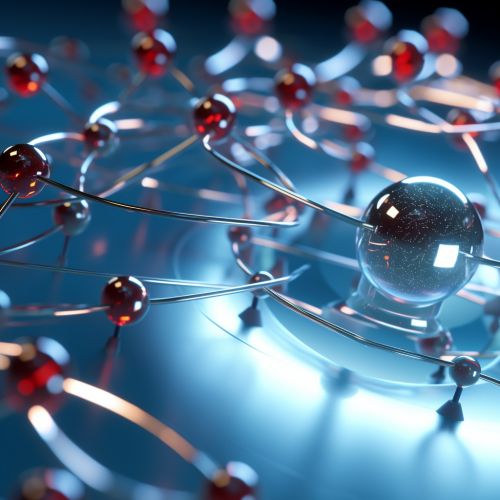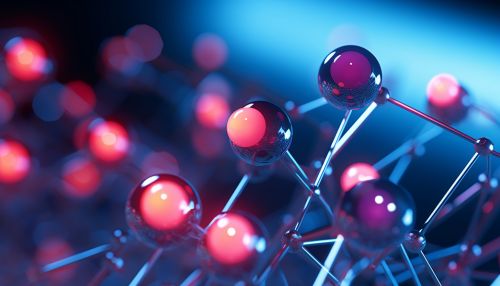Electron acceptor
Introduction
An electron acceptor is a chemical entity that accepts electrons transferred to it from another compound. It is an oxidizing agent that, by virtue of its accepting electrons, is itself reduced in the process. Electron acceptors are a key component in many natural and industrial chemical processes, including photosynthesis and respiration, where they play a vital role in the transfer of energy.
Chemical Characteristics
Electron acceptors are characterized by their ability to accept electrons, which is often associated with elements that have a high electronegativity. This is because elements with high electronegativity have a strong tendency to attract electrons towards themselves. The most common electron acceptors in biological systems are oxygen, nitrate, and sulfate.


Role in Biological Systems
In biological systems, electron acceptors play a crucial role in energy production. During cellular respiration, for example, glucose is oxidized and loses electrons, which are then accepted by oxygen, the final electron acceptor in the process. This transfer of electrons is coupled with the production of ATP, the main energy currency of cells.
Photosynthesis
In photosynthesis, the electron acceptor is a molecule called NADP+. During the light-dependent reactions, NADP+ accepts two electrons and a hydrogen ion to become NADPH. This molecule then carries the electrons to the light-independent reactions, where they are used to convert carbon dioxide into glucose.
Cellular Respiration
In cellular respiration, the final electron acceptor is oxygen. During the electron transport chain, electrons are passed from one protein complex to another, releasing energy at each step. This energy is used to pump hydrogen ions across the mitochondrial membrane, creating a gradient that drives the synthesis of ATP. The electrons are finally accepted by oxygen, which combines with hydrogen ions to form water.
Role in Industrial Processes
Electron acceptors are also important in many industrial processes. For example, in the production of sulfuric acid, sulfur dioxide is oxidized by oxygen, which acts as an electron acceptor. Similarly, in the production of nitric acid, nitrogen dioxide is oxidized by oxygen.
Environmental Significance
Electron acceptors are also significant in environmental contexts. For instance, in the absence of oxygen, some microorganisms can use other substances as electron acceptors in a process known as anaerobic respiration. This can lead to the production of methane, a potent greenhouse gas, when carbon dioxide acts as the electron acceptor.
